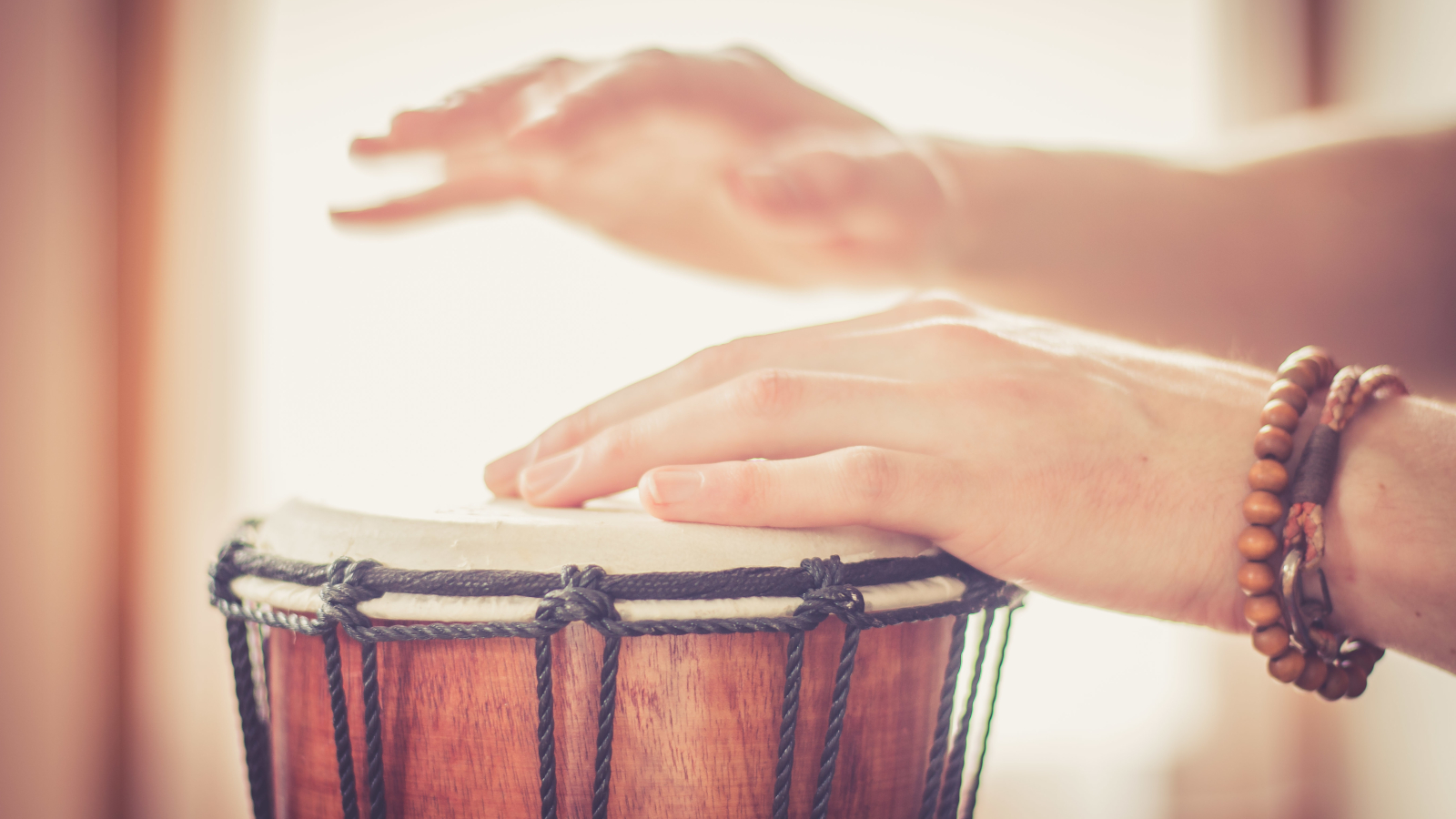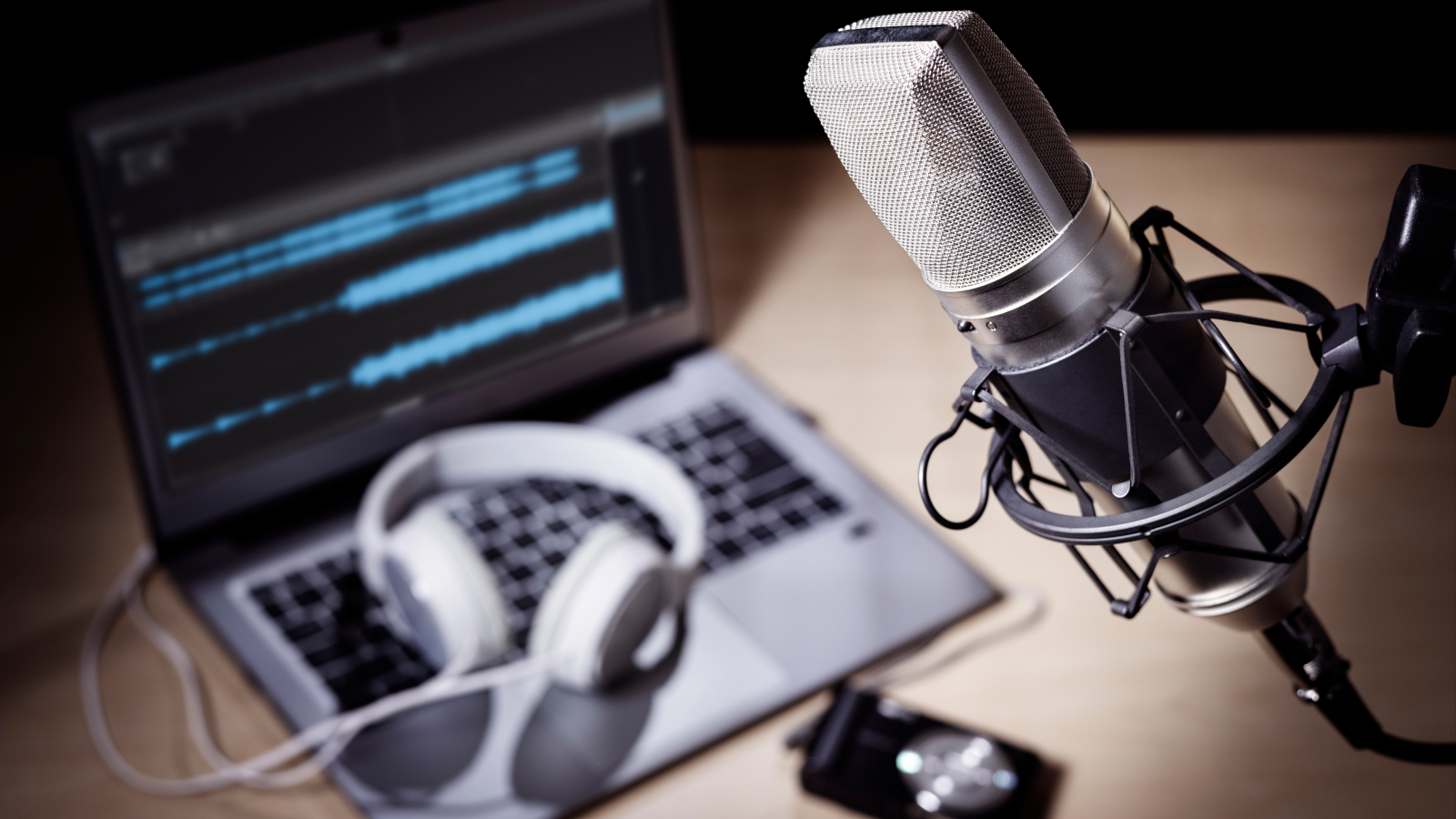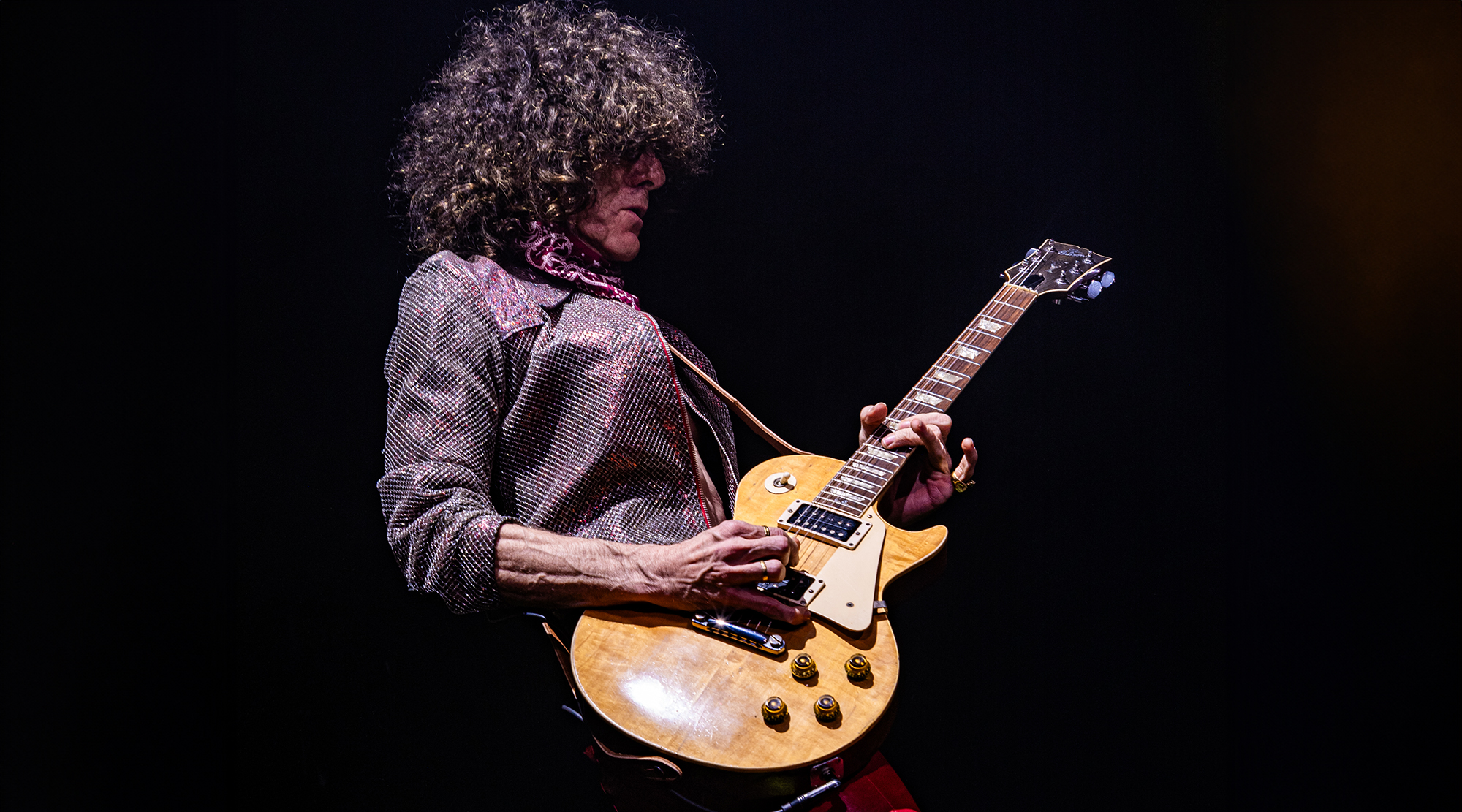Rory Block and Eric Johanson Talk Recording Organic-Sounding Rhythm Tracks
Get some pro tips on how to make your grooves sound more lively and less metronomic

Talking with folk blues musicologist Rory Block reminded me of another conversation I had with Eric Johanson on the subject of recording acoustic blues, prompting this consideration of perhaps the greatest factor when it comes to recording in analog versus digital: the click track.
The upside in a digital audio workstation (DAW) is unlimited editability, including the ease of creating a compilation of best sections from several cuts. Instruments can be layered separately and individually, with no peer pressure.
The downside is the loss of a true performance feel. Unless you’re a “human metronome” like Tommy Emmanuel, your rhythm winds up sounding safe and robotic as you cling to the click track.
So what to do?
Get Loopy With Yourself
Instead of a click track, create a loop on your own, just as one might do with a looper in a solo performance situation. Then the guide track has your feel, even if it is solely a percussive part.
In this feature, Johanson noted, “Something in the feel gets lost when I try tempo mapping to a digital grid. It’s like being held back. When I livestream, I’ll start by scratching out a rhythm on the strings using either a pick or my fingernails, depending on the plucking attack for the tune.
If you get four good measures of well-played hand rhythm, it makes the song sound more interesting
Rory Block
“For recording, I use the loop instead of a click track.”
Block says, “I use homemade drum sets, meaning oatmeal boxes and coffee cans played with salad spoons, sticks and so on to create a custom click track, because it humanizes the tempo.
“It still feels automated if you only use one measure, but if you get four good measures of well-played hand rhythm, it makes the song sound more interesting.”

Vary the Click Sounds and Tempo
Johanson and Block add that they sometimes use sound replacements in their loops. The sound replacement tools in most digital audio workstations allow you to trigger drum tones from your favorite sound sources, or even samples of yourself playing them.
Block does both, depending on the situation. She may have the engineer meticulously replace things, hit by hit, sound by sound, or designate a particular percussive element to trigger a chosen snare or kick drum in a given loop.
Johanson said, “I use XLN Audio’s Addictive Trigger, which allows me to pick a point in the loop that I feel is best for triggering an organic kick drum sound. To fill out the percussion, I might use handclaps or even a can of cookie sprinkles as a shaker.
To fill out the percussion, I might use handclaps or even a can of cookie sprinkles as a shaker
Eric Johanson
“I’ll keep it low in the mix, but you can definitely feel the thump of the kick drum, which gives the recording a sense of gravitas without getting in the way of the guitars.”
Another tip: Even if you use a click track, it can be varied. It’s pretty simple to set different click tempos for sections of a song arrangement. I wound up using three different ones on “The Spirit of ’69” from my cosmic rock project Spirit Hustler.
The idea was to have each of the sections grow progressively and slightly faster, kind of like “Stairway to Heaven.”
Can you imagine what that would have sounded like if Led Zeppelin had recorded to a static click?
Get The Pick Newsletter
All the latest guitar news, interviews, lessons, reviews, deals and more, direct to your inbox!
Jimmy Leslie has been Frets editor since 2016. See many Guitar Player- and Frets-related videos on his YouTube channel, and learn about his acoustic/electric rock group at spirithustler.com.
“Write for five minutes a day. I mean, who can’t manage that?” Mike Stern's top five guitar tips include one simple fix to help you develop your personal guitar style
"It’s like you’re making a statement. And you never know where it’ll lead." Pete Thorn shares the tip that convinced Joe Satriani he was the right guitarist for the SatchVai Band










